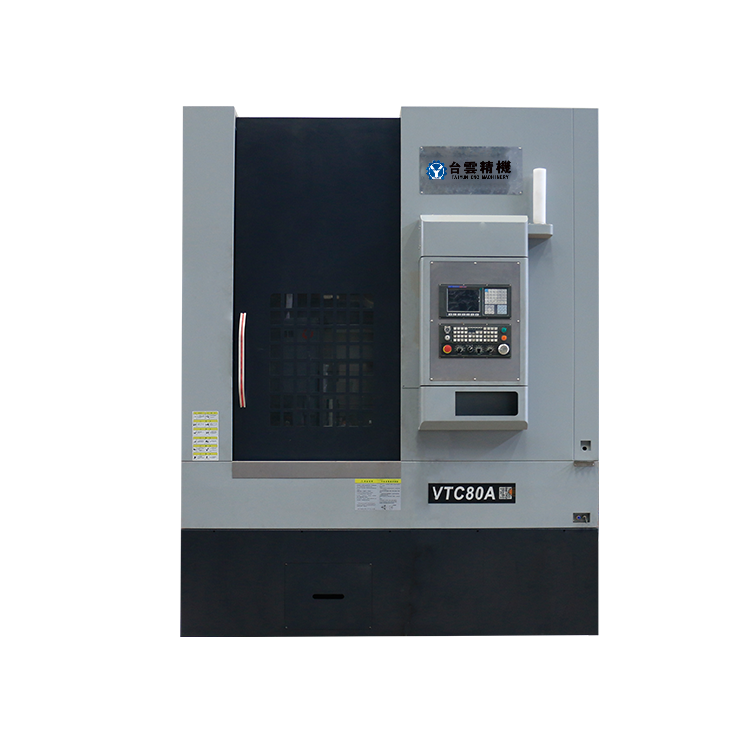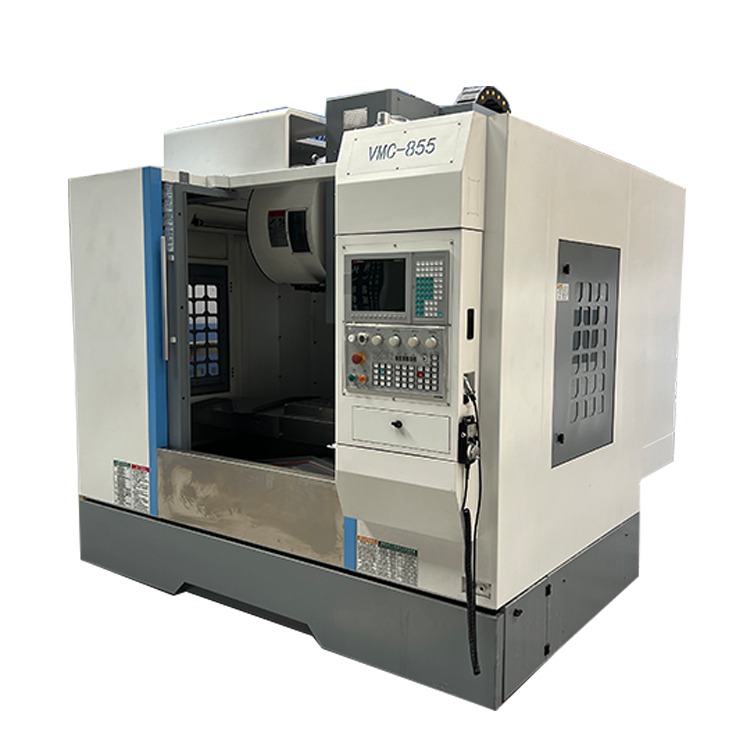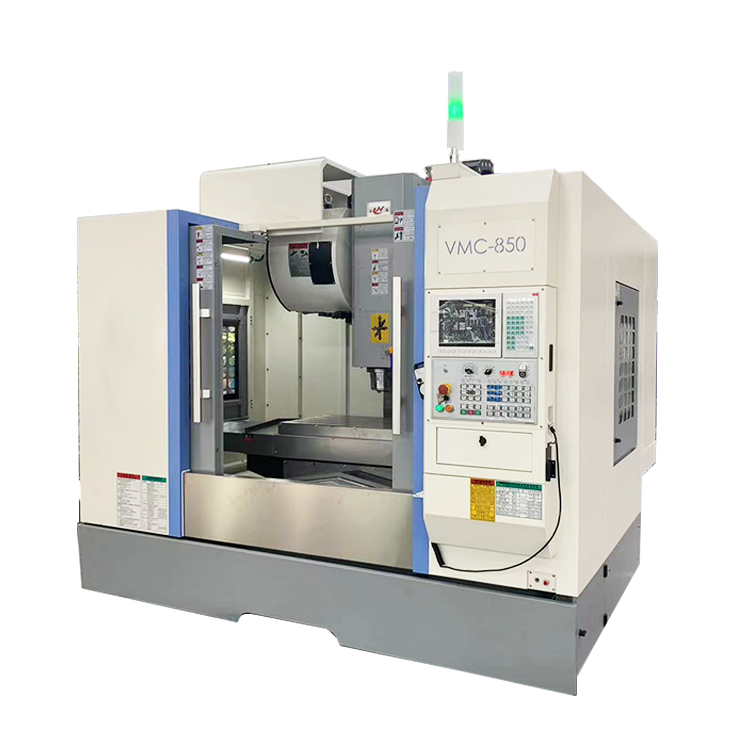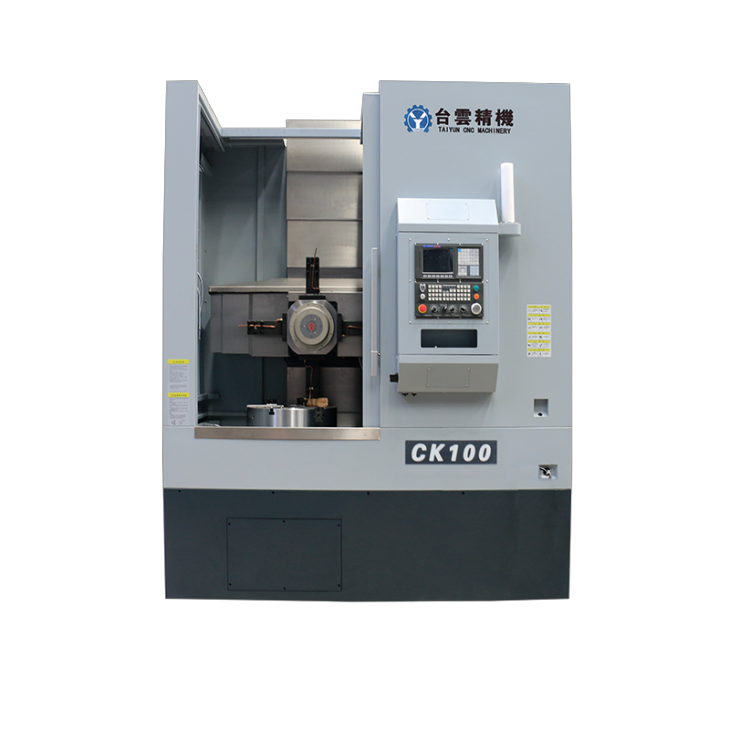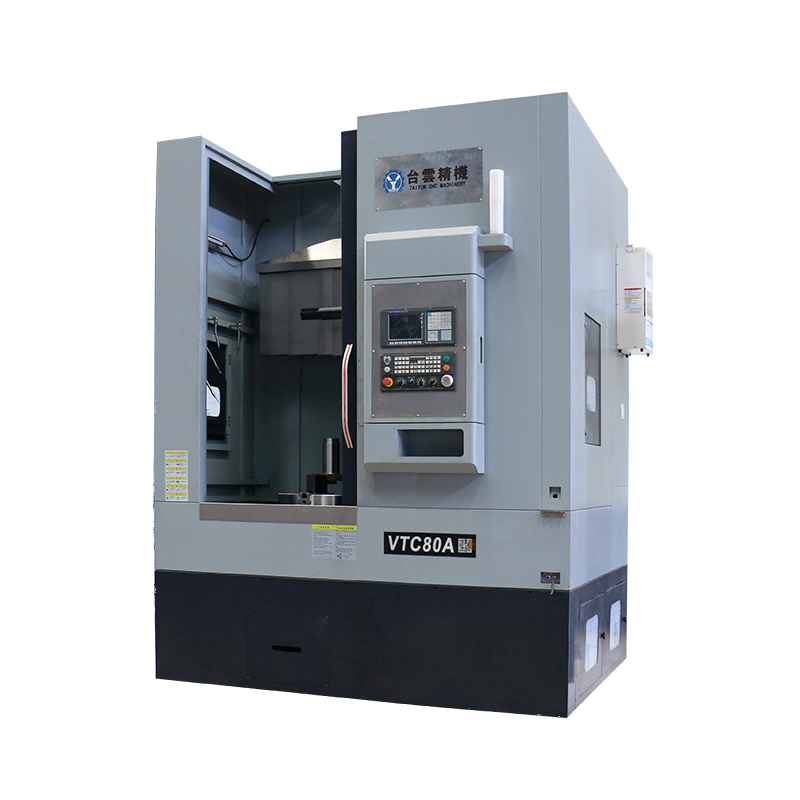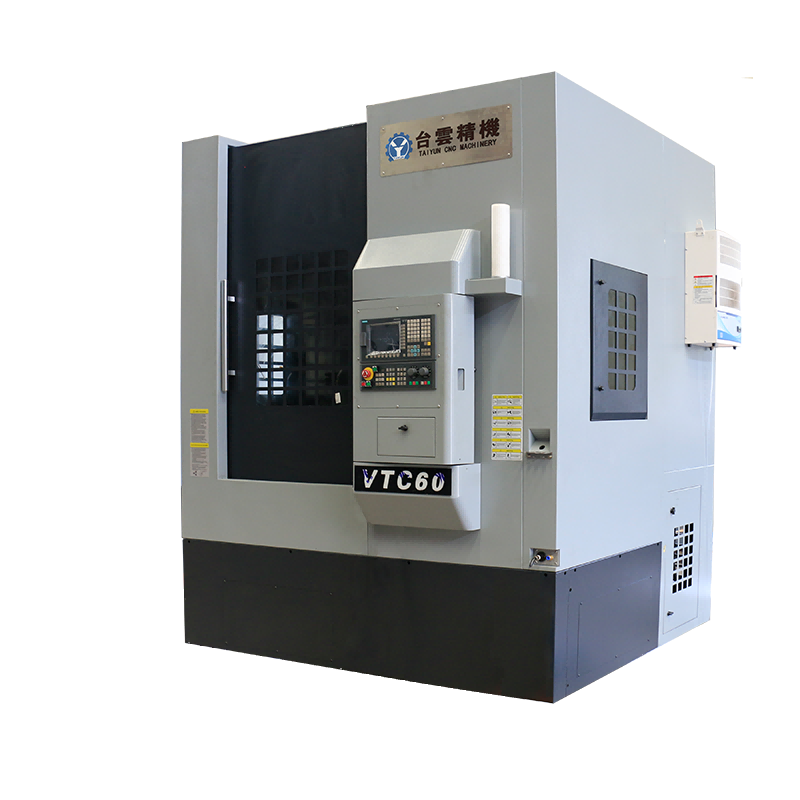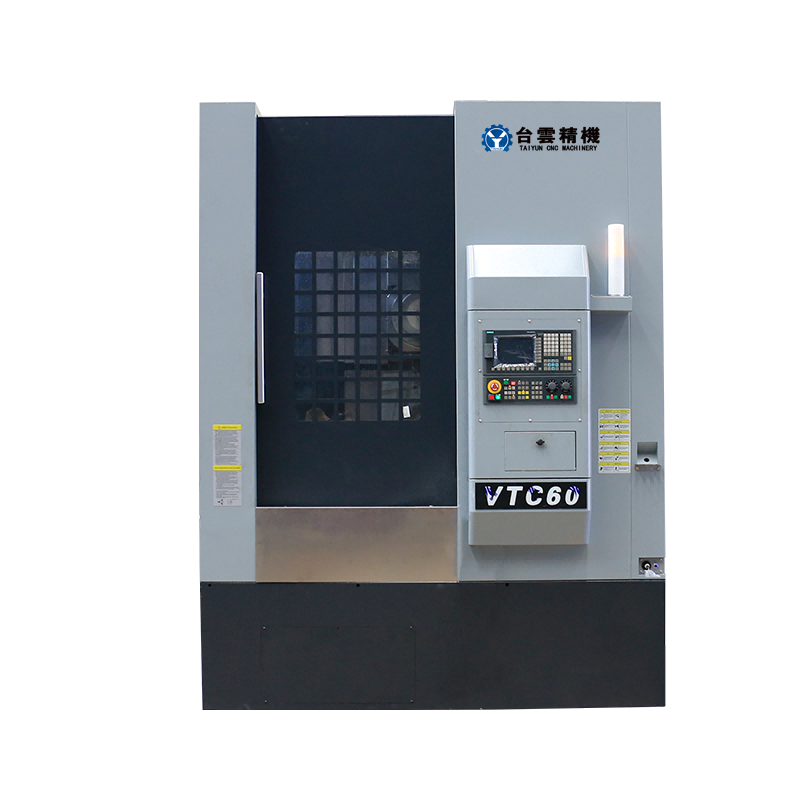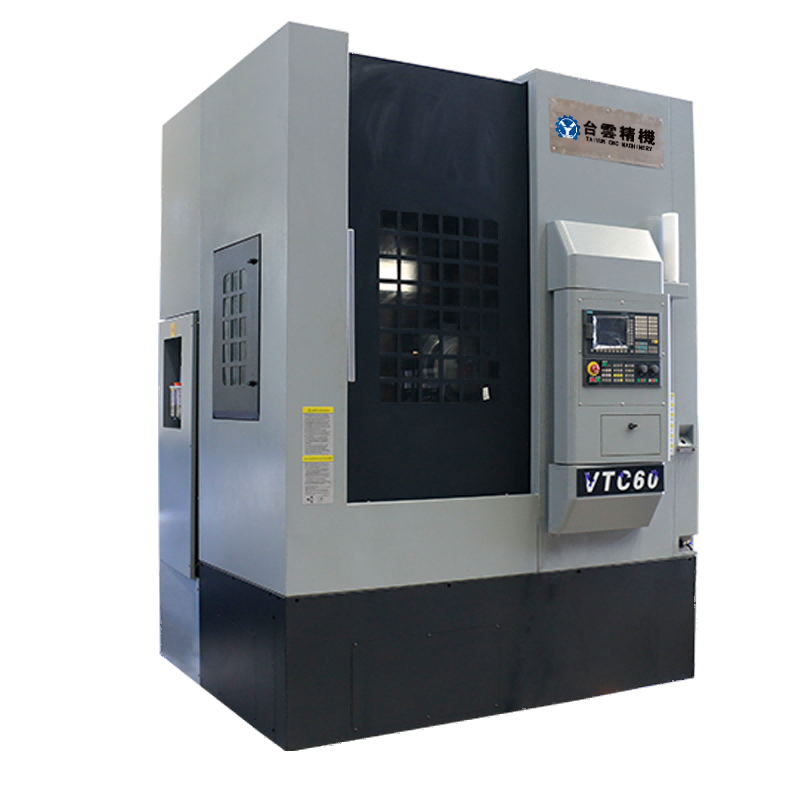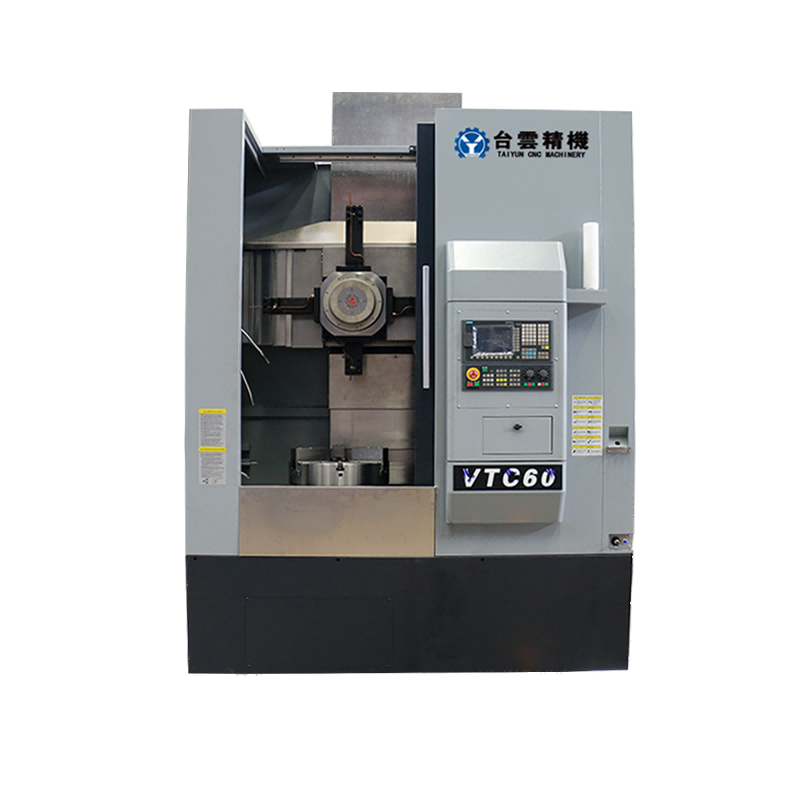- Recommended news
-
System composition of CNC horizontal machining center
2024-06-18
-
A method to solve the problem of spindle shaking in CNC lathes
2024-06-15
-
In which industry is the most widely used CNC vertical lathe?
2024-06-04
-
How to clamp the workpiece on a CNC vertical lathe?
2024-05-29
-
CNC milling machine machining center commonly used accessories
2024-05-25
-
Steps for adjusting the turret of a CNC vertical lathe
2024-05-22
vertical lathe for sale
A vertical lathe is a common metal processing machine tool. Its main feature is that the spindle is perpendicular to the worktable, and the workpiece moves in the horizontal direction during processing....
A vertical lathe is a common metal processing machine tool. Its main feature is that the spindle is perpendicular to the worktable, and the workpiece moves in the horizontal direction during processing. Here are some of the features and main components of a vertical lathe:
Features:
1. Simple structure: The structure of a vertical lathe is relatively simple, usually consisting of several basic components such as a spindle, a workbench, and a bed, and is relatively easy to operate and maintain.
2. Small space occupied: Since the spindle and the workbench are arranged vertically, the vertical lathe takes up less space during installation and layout, making it suitable for places with limited workshop space.
3. Stable cutting: Since the workpiece moves in the horizontal direction during processing, the cutting force is consistent with the axial direction of the spindle, and the cutting stability is good, which is suitable for processing with high cutting quality requirements.
4. High processing efficiency: Vertical lathes can achieve continuous, high-speed, and efficient processing, and are suitable for mass production and large-scale processing needs.
5. Flexible operation: The operator can easily adjust the position of the workpiece and cutting parameters during the processing to achieve processing of different shapes and sizes, with strong flexibility.
main component:
1. Spindle: The rotating component responsible for driving the tool for cutting processing, usually composed of a spindle box, a spindle drive device, etc.
2. Workbench: A component that supports and holds the workpiece, usually with horizontal and vertical movement functions to facilitate processing operations.
3. Lathe bed: The component that supports the entire machine tool structure, usually a cast iron or welded structure, with certain rigidity and stability.
4. Tool holder: A component that installs and fixes cutting tools. It usually has the function of moving axially along the spindle and laterally on the worktable to facilitate cutting.
5. Lubrication system: used to provide lubrication and cooling to various moving parts of the machine tool to reduce wear and thermal deformation and ensure processing accuracy and stability.
6. Control system: The components that control the entire processing process, usually using a CNC system, are used to write, edit, debug and execute processing programs.
Vertical lathes play an important role in mechanical processing and are widely used in various metal processing fields, such as automobile manufacturing, aerospace, mold manufacturing, etc.


 English
English 日本語
日本語 한국어
한국어 Россия
Россия  Français
Français España
España عرب .
عرب .  Português
Português Deutsch
Deutsch भारत
भारत Нидерланды
Нидерланды
